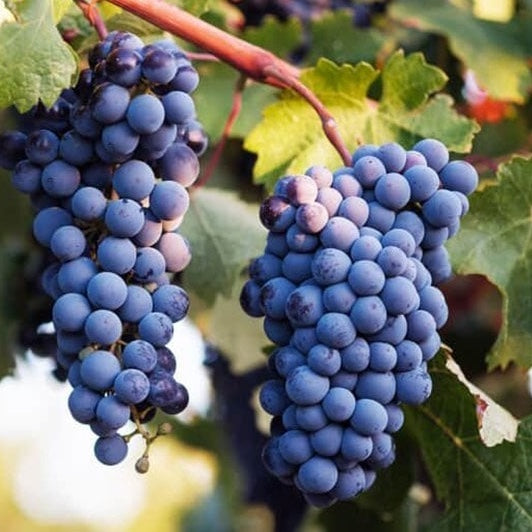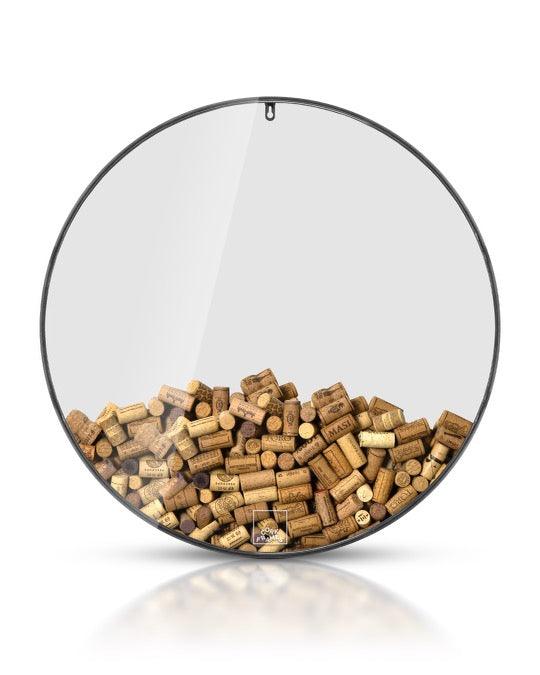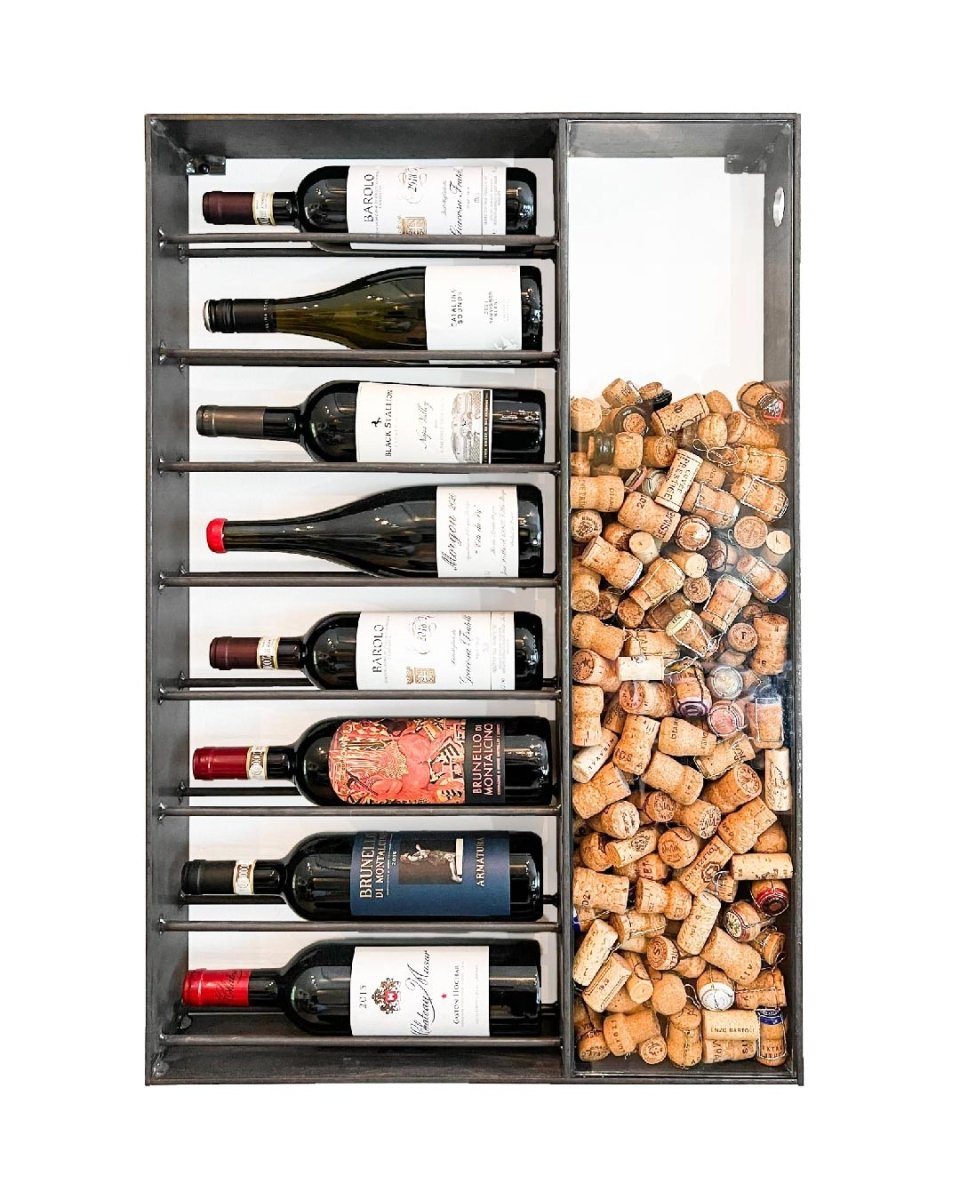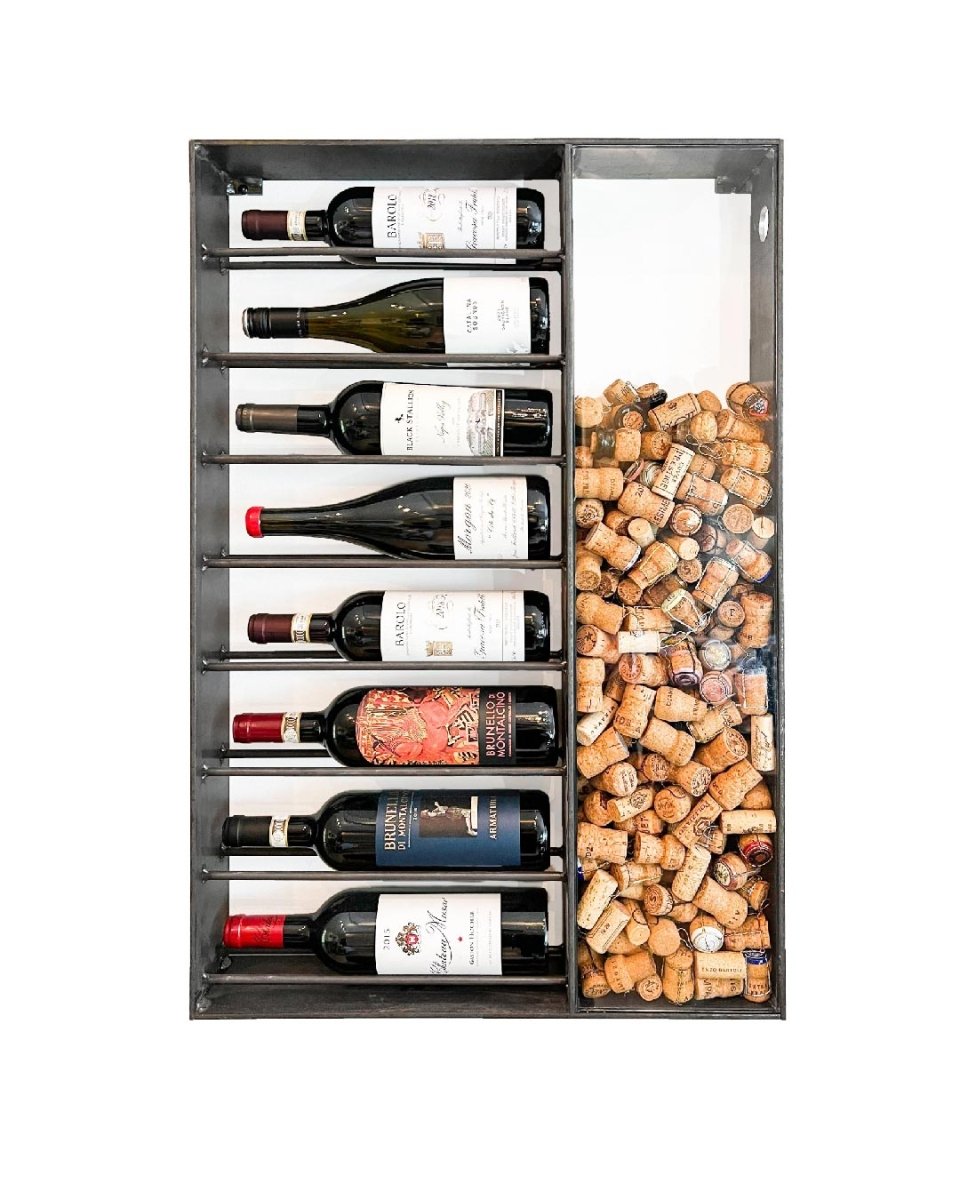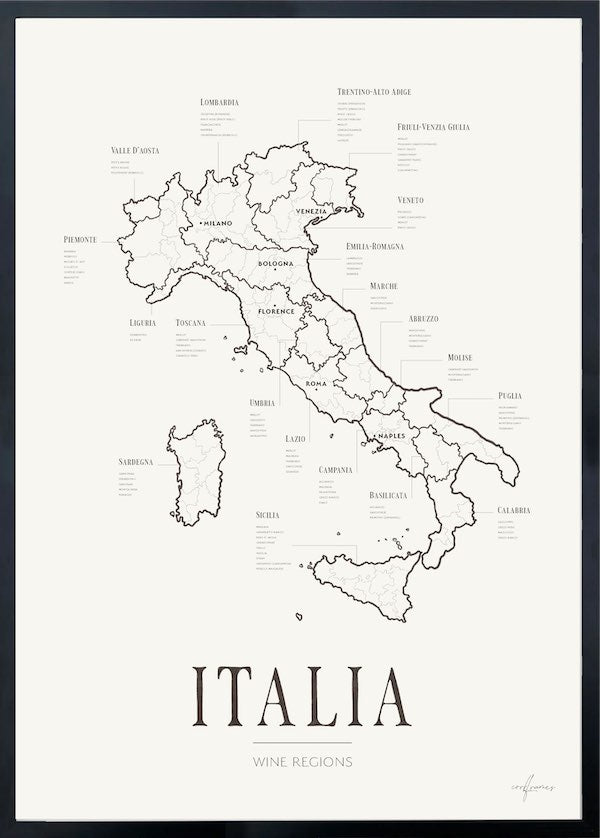When browsing wine shelves or studying a restaurant wine list, it’s common to come across both Syrah and Shiraz. For the uninitiated, they might seem like two different grape varieties — but in reality, they are one and the same.
The difference lies in the name, origin, and often in style.
Same Grape, Different Name
Syrah is the traditional name, originating from France, where the grape is widely grown in regions like the Rhône Valley. When the grape was introduced to other parts of the world — most notably Australia in the 19th century — it took on a new name: Shiraz. Today, “Shiraz” is closely associated with Australian expressions of the grape.
A Difference You Can Taste
While Syrah and Shiraz are genetically identical, the style of wine they produce can vary significantly, depending on where they are grown and how they are made.
A Syrah from France (or other European wine regions) is typically more restrained and elegant, showing notes of blackcurrant, black pepper, herbs, and often a touch of smokiness. These wines tend to have higher acidity, firmer tannins, and a leaner profile.
A Shiraz from Australia, on the other hand, is usually riper and more full-bodied, with bold flavors of dark fruit, spice, chocolate, and sometimes vanilla from oak aging. The warmer climate leads to a rounder, fruit-forward wine with softer structure.
Why Two Names?
The dual naming of the grape is primarily a result of geography and tradition. “Shiraz” became the standard term in Australia and has since become synonymous with the country’s rich, bold red wines. Meanwhile, “Syrah” remains the preferred term in France and much of the Old World. Interestingly, some New World producers may choose “Syrah” on their label to signal a more European-inspired, restrained style.
Tasting Beyond the Label
Though Syrah and Shiraz refer to the same grape, the name on the bottle can give you important clues about what to expect in the glass. Syrah often suggests a more elegant, structured wine, while Shiraz usually points to a fruitier, more robust style. Whichever name you see, you're in for a wine that offers depth, complexity, and versatility — perfect with grilled meats, stews, or simply enjoyed on its own.

